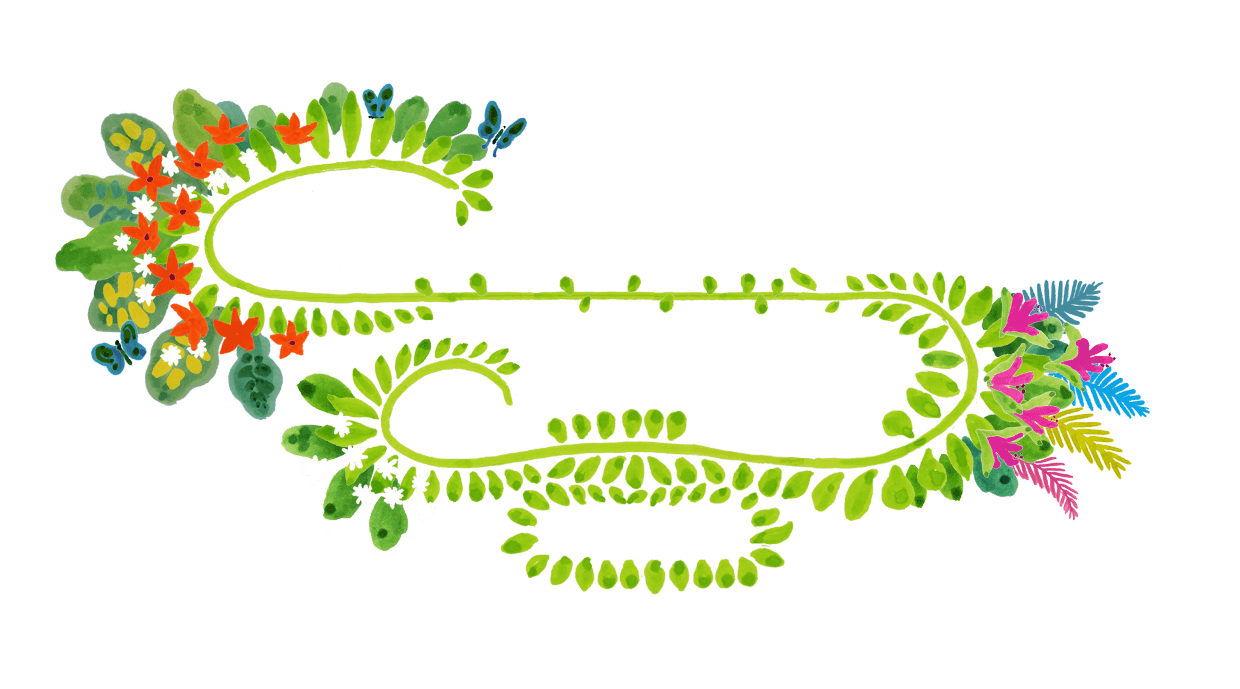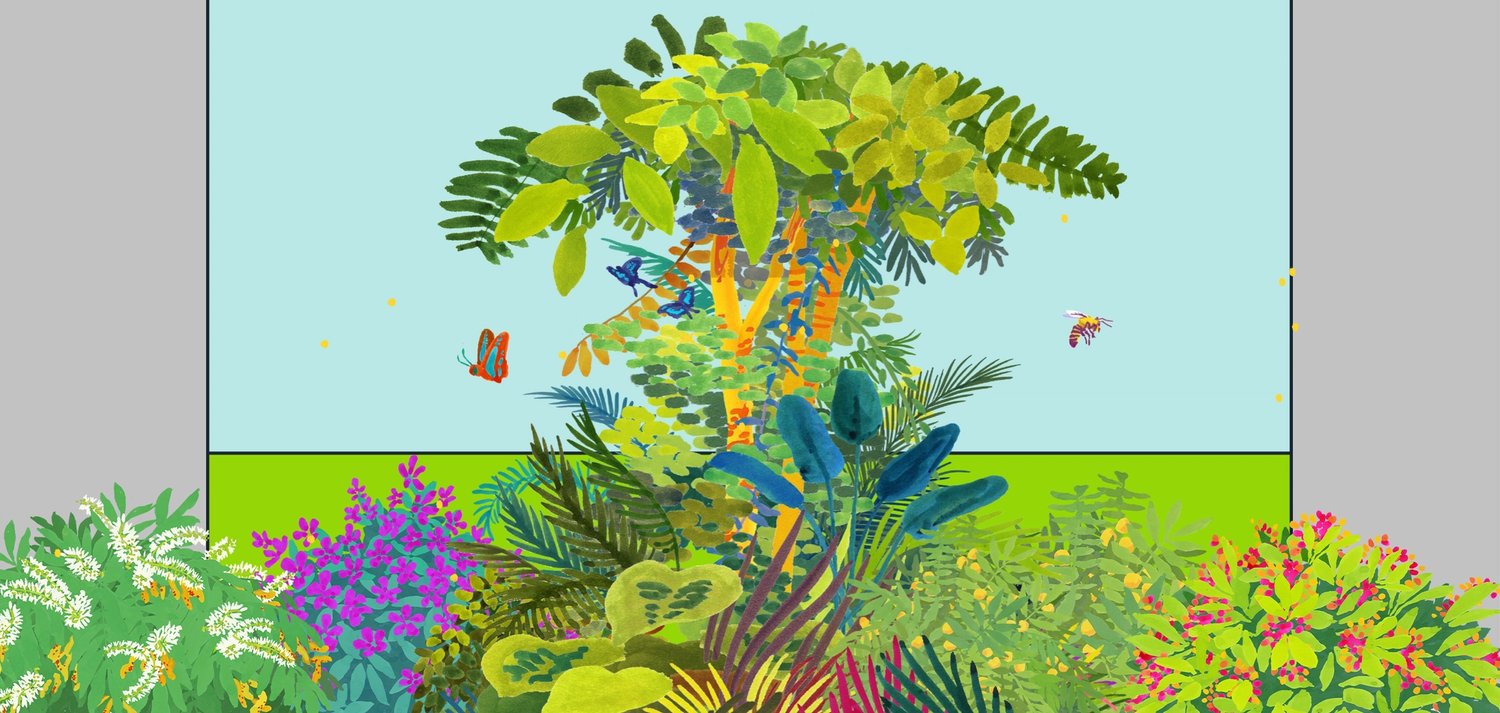
Insight
Urban Forests can Help Cities Adapt to the Impacts of Climate Change
As extreme weather events become more frequent, the effect of the climate crisis on our cities is becoming increasingly clear – our urban spaces have not been designed to cope. Green space is being lost to buildings, pavements and patios, and these impermeable surfaces are worsening the impact of heavy rainfall and heatwaves.
But there is a solution; urban forests can be planted to build climate resilience into our cities. Urban forests provide a myriad of environmental benefits all at the same time, offering a natural solution that is effective, and easy to implement.
SUGi Pocket Forests are planted using the Miyawaki Method and can be created on sites as small as 3 sq m. Miyawaki forests are maintenance-free after 2-3 years, grow 10 x faster, are 30 x denser, contain 100x more biodiversity and absorb 16x more carbon than conventional forests, which makes them the most efficient option for cities looking to adapt to environmental problems quickly.
How has the loss of green space made urban areas more susceptible to climate change?
Today, concrete outweighs the carbon mass of every tree, bush and shrub on this planet. The rapid greyification of our cities is causing them to be hit extra hard by the climate crisis. The Urban Heat Island Effect already makes urban areas up to 12°c hotter than surrounding rural areas, and the UHI intensifies as natural land is replaced by non-vegetated areas. The rise in impervious surfaces is also causing increased surface water runoff and more flash floods.
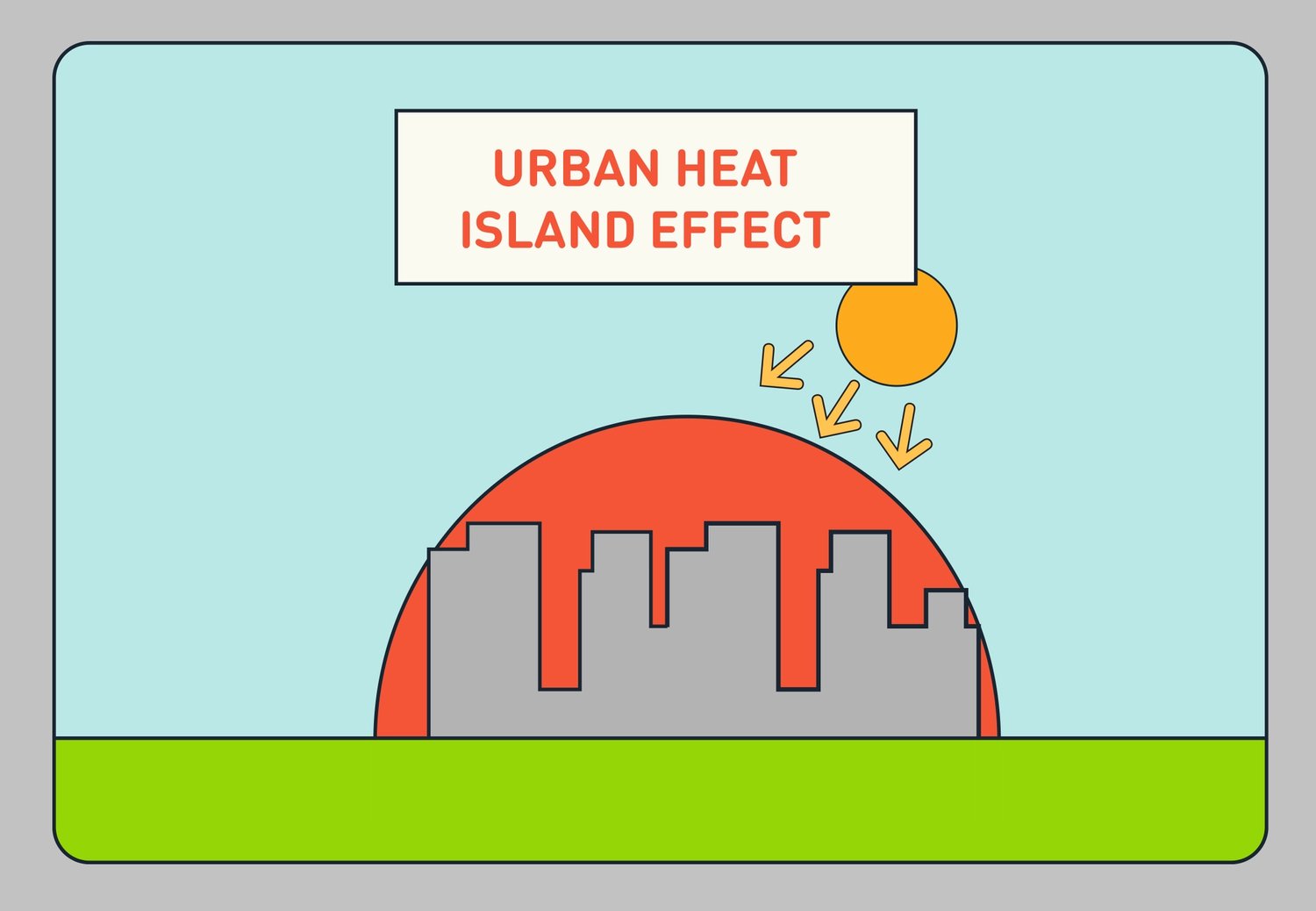
Green space allows for evapotranspiration to cool down the air. By contrast, built surfaces absorb heat and release it as long-wave radiation throughout the night. The daily goings-on in a city, such as transport, manufacturing, and heating and cooling, also adds pollution and large amounts of heat into the atmosphere. The airborne pollution then traps this heat, and instead of dissipating it, it’s redirected back towards urban areas. The hotter it gets, the more likely people are to turn on their air conditioners. But air conditioners contain potent greenhouse gases known as hydrofluorocarbons, which, in turn, will bring around more heatwaves in the future.

The loss of green space in urban areas is also seeing an increase in flash floods. Stormwater produced by heavy rainfall runs off built surfaces and into gutters and drains that have not been designed to cope with the rising number of storms. As it travels over land, the water sweeps up pollutants. When the grates at the side of the street cannot handle this surge, they overflow, as do the sewers, spewing sewage into the rivers, streams and oceans.
How can urban forests help tackle climate change in our cities?
However, urban forests can offer a natural solution to the rising challenges we face in our cities. “Green space is very much necessary,” argues Professor Cecil Konijnendijk, director at Nature Based Solutions Institute. “Given its positive contributions to public health and wellbeing, and ability to alleviate environmental catastrophes, it should be seen as critical infrastructure and put high on political agendas.”
Having urban forests integrated into our cities supports the health and wellbeing of communities. Urban forests do more than simply increase a location’s aesthetic; they protect us from the impact of the climate crisis by preventing flooding and mitigating the UHI effect, and must be understood as a powerful tool.
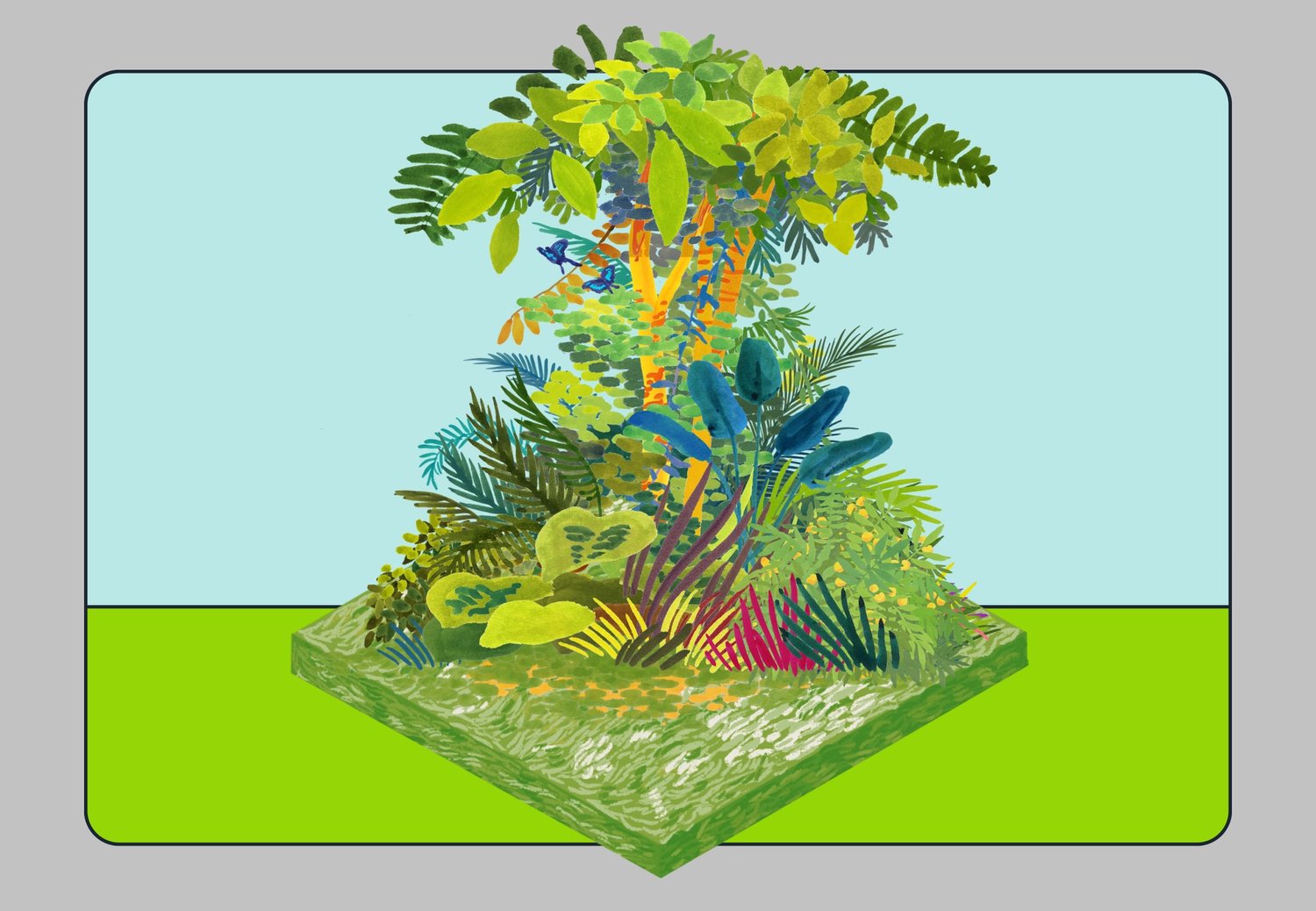
How do urban forests prevent flooding?
Urban forests help prevent flooding by reducing the flow of rainwater. Where there is a lack of tree cover, rain hits the ground at a higher speed. Miyawaki forests are 30 x denser than your conventional forest, and a substantial mix of leaves, branches and trunks, can intercept a downpour and spread the effect of a rainstorm over a more extended period. Once caught in the canopy, a significant percentage of rainfall evaporates without touching the ground.
Unlike impervious surfaces, such as concrete and asphalt, a permeable forest floor can drain rainfall and stop runoff. The density of a Miyawaki forest results in a large build-up of fallen leaves. This decomposing leaf matter forms an organic layer of humus-rich soil that allows water to permeate into the earth like a sponge. The roots soak up the rainfall and wind deep into the ground, creating spaces between the soil particles, reducing compaction and creating even more room for drainage.

Urban forests planted using the Miyawaki Method are made up of multiple layers of varying heights. This mixture of shrub, sub-tree, tree and canopy tree creates a green wall that slows down the force of destructive flooding.
When the rivers burst their banks in Belgium during the summer floods of 2021, the Miyawaki forest planted by SUGi forest maker Nicolas de Brabandére withheld the current without severe damage.
We can use these forests to reduce the energy of extreme weather events like tsunamis and hurricanes. Deep roots prevent the trees from falling over, and the blockade of branches prevents drifting debris such as cars from being washed away by the undertow.

“We must plant Miyawaki forests 4-10m wide, between the river and surrounding infrastructure to reduce the energy of the flood and save lives. It’s not a hippy lullaby. It’s cheap and effective. Windows were shattered, people got hurt, some lost everything, some disappeared. How come we don’t get it."
— Nicolas de Brabandère — SUGi Forest Maker
How do urban forests lessen the Urban Heat Island effect?
Urban forests can also reduce rising city temperatures through evapotranspiration and shading. Evapotranspiration happens through vegetation and water bodies. Just like how we breathe, plants transpire and water on the surface of leaves and soils evaporates. The warmer it gets, the more the plants cool the surrounding air. Evapotranspiration, combined with shading, can help reduce peak summer temperatures by 2-9°F (1–5°C).
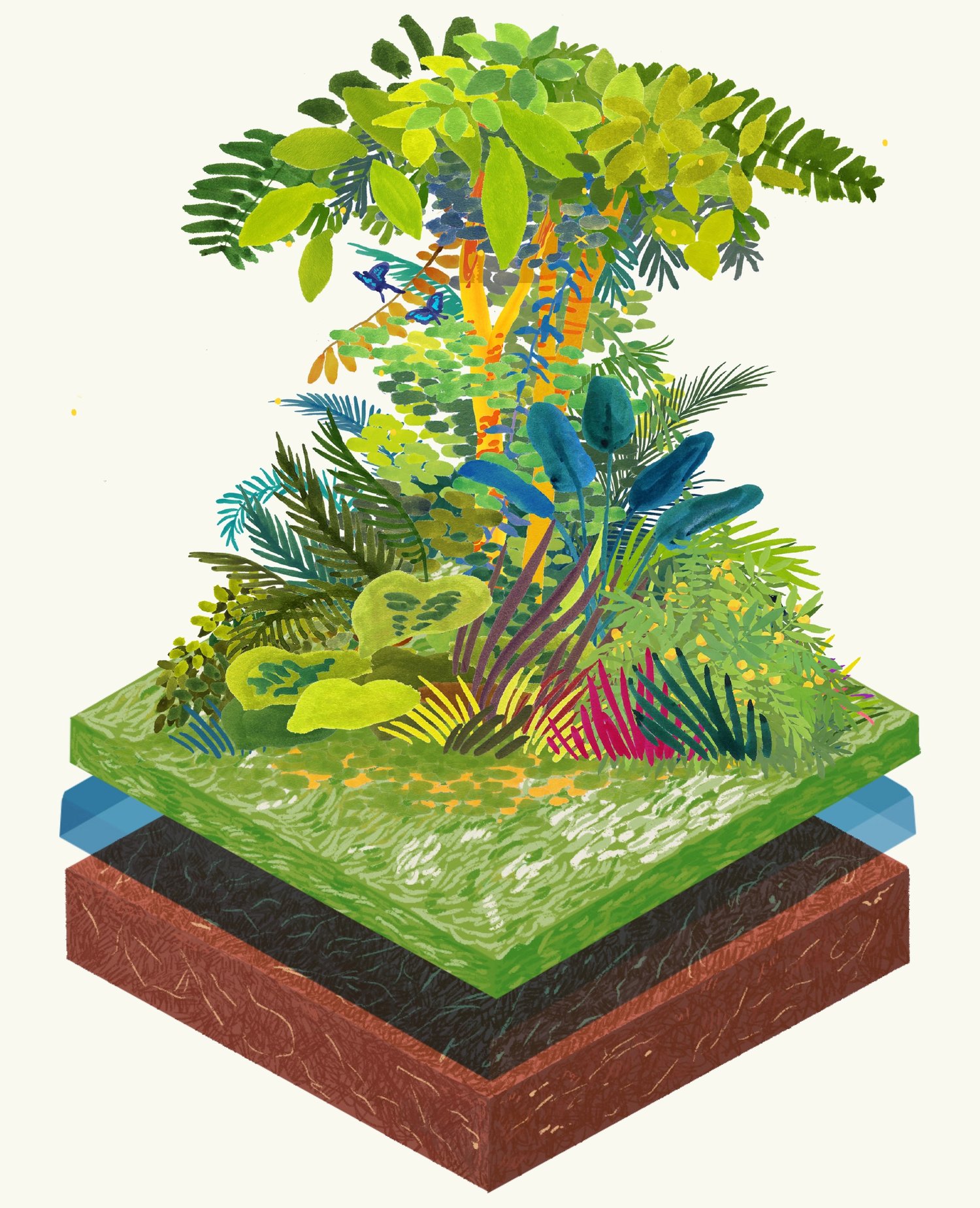
Vegetated areas also reflect more solar radiation away from the surface than dark, artificial surfaces. We all know that it would be too hot to walk barefoot on the pavement on a sunny day, but not on the grass; this is because, as less solar radiation is absorbed, green spaces have colder surfaces.
Urban forests also provide shade, shielding surfaces from further radiation and reducing the energy those surfaces will absorb. “Vegetation and canopy cover help cool our neighbourhoods and can provide much-needed relief during heatwaves,” explains Cecile. “People flock to shade during hot days.”
As urban forests can create cool islands, this, in turn, reduces the need for air conditioning. Therefore, “through energy-saving, as well as other mechanisms such as carbon sequestration, urban green space also helps in climate change mitigation,” continues Cecile.
We need to plant more urban forests
But urban forests do a lot more than prevent flooding and lessen the Urban Heat Island Effect. Planting Miyawaki forests in cities could reduce wildfire risk, increase biodiversity, improve air quality by filtering pollution, reduce erosion by stabilising slopes and enhance carbon capture. Trees make a place and are natural assembly points, forming a community hub. The greener the setting, the more enjoyable it is to be in; people are more likely to get out of their cars and onto their bicycles or feet – exercising, socialising and reconnecting with nature. Not only do urban forests help a city adapt to the impacts of climate change, but they also create a surrounding that’s better for people’s mental and physical health.
Urban forests are vital infrastructures for a resilient and thriving city, and planting them must be seen as a priority. To get governing bodies to invest in natural solutions, we must first demonstrate the multiple benefits of urban forests. “Because seeing things with your own eyes is far more powerful than just research results in scientific articles,” explains Cecile. It's time to invest in nature and bring biodiversity back into our cities through the planting of Miyawaki forests.



